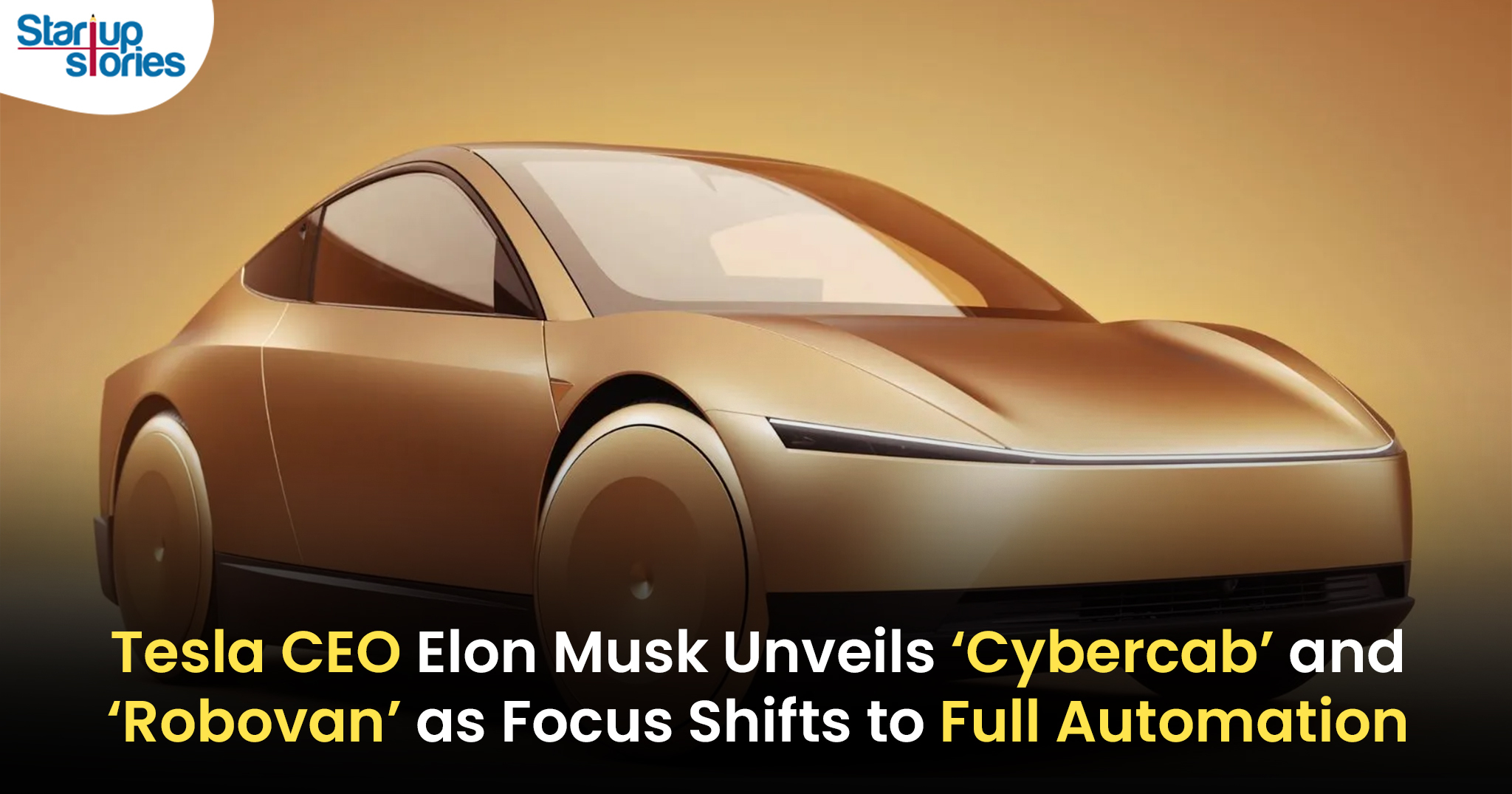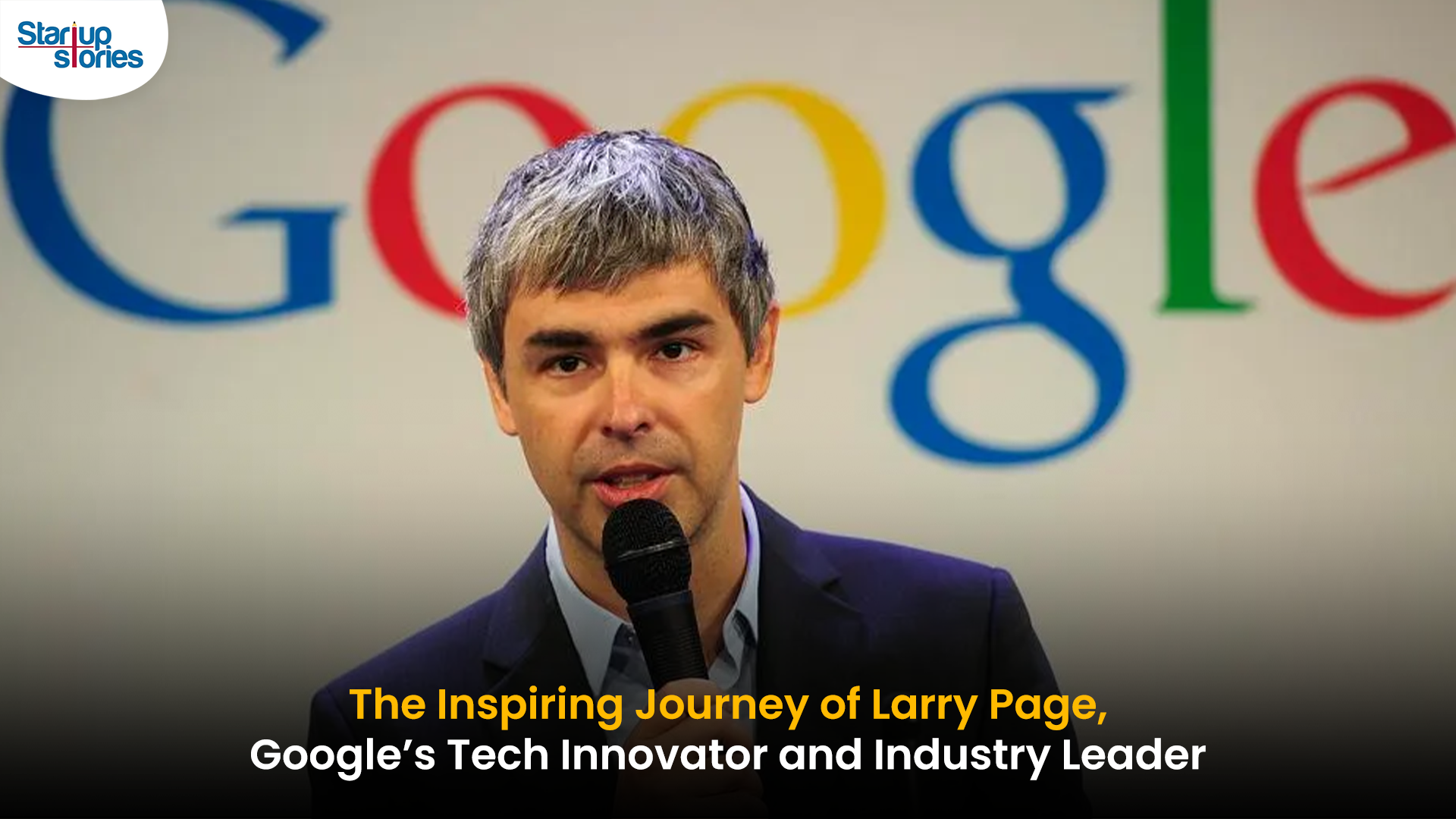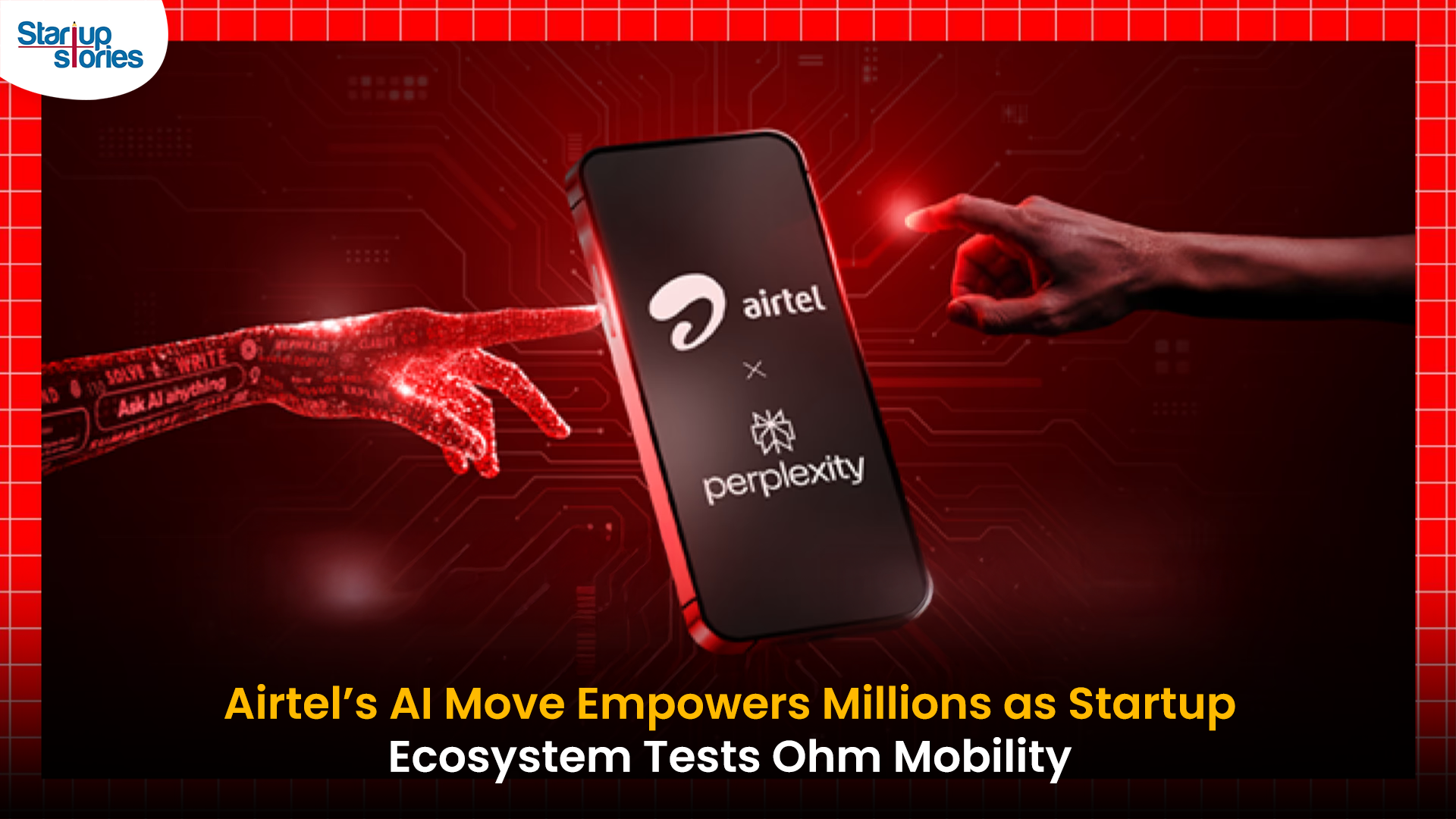Entrepreneur Stories
Tesla CEO Elon Musk Unveils ‘Cybercab’ and ‘Robovan’ as Focus Shifts Toward Full Automation!

At a high-profile event in Los Angeles on Thursday, Tesla CEO Elon Musk unveiled two groundbreaking vehicles—the “Cybercab” and “Robovan”—as the company intensifies its push toward autonomous driving technology. This event marks a significant step in Musk’s long-standing vision to operate a fleet of self-driving Tesla taxis, available to customers via an app.
The Cybercab: A New Era of Autonomous Vehicles
Musk introduced the Cybercab, a sleek, two-door robotaxi featuring gull-wing doors, no steering wheel, and no pedals, signaling a shift toward fully autonomous electric vehicles. Production of the Cybercab is slated for 2026, with Musk promising a starting price of under $30,000. “The autonomous future is here,” he declared, noting that Tesla had 50 fully autonomous vehicles on display, including Model Ys and Cybercabs, all of which are driverless.
Cost Efficiency and Technology
The Cybercab is expected to operate at an ultra-low cost of 20 cents per mile over time, utilizing inductive chargers without the need for plugs. Unlike competitors, Tesla’s autonomous vehicles will rely exclusively on cameras and artificial intelligence, foregoing the more expensive lidar technology used by other companies in the space.
The Robovan: Expanding Capabilities
In addition to the Cybercab, Musk introduced the Robovan—a larger self-driving vehicle designed to transport up to 20 passengers. This vehicle aims to broaden Tesla’s offerings in the autonomous transport sector. Musk also showcased Tesla’s Optimus humanoid robot, reinforcing his statement that Tesla should be seen as an AI robotics company, not just an automaker.
Investor Sentiment
Despite the fanfare surrounding the unveiling, some investors and analysts left the event with tempered expectations. Dennis Dick, an equity trader at Triple D Trading, expressed disappointment over the lack of concrete timelines. “Everything looks cool, but there wasn’t much in terms of timelines. As a shareholder, I think the market wanted more definitive answers,” he remarked.
Challenges Ahead
Musk’s focus on autonomous vehicles comes after previous promises of robotaxis dating back to 2019, which have faced delays. Earlier this year, he shifted Tesla’s focus from building a smaller, cheaper EV to developing these new autonomous models, seen as critical for future growth.
The rollout of robotaxis has encountered numerous challenges, including regulatory scrutiny and technological hurdles. Tesla’s Full Self-Driving (FSD) system currently requires constant driver supervision and has been involved in several fatal accidents, raising questions about safety and regulation. Unlike competitors such as General Motors’ Cruise, Amazon’s Zoox, and Chinese firm WeRide, Tesla continues to rely solely on AI and camera technology to reduce costs—a strategy that has sparked both optimism and concern.
Market Context
With Tesla facing its first potential decline in deliveries this year and profit margins squeezed by price cuts, the success of its autonomous vehicle plans will be crucial for its future. The company has been under pressure to deliver on its promises amid increasing competition in the electric vehicle market.
Musk envisions a future where autonomous vehicles could transform urban landscapes—turning parking lots into parks where passengers can relax or watch movies during their journeys. He suggested that these self-driving cars could operate as ride-sharing taxis when not in use by their owners, enabling individuals to create fleets that would compete with existing ride-sharing services.
Conclusion
The unveiling of the Cybercab and Robovan represents a bold step forward for Tesla as it seeks to redefine transportation through automation. While excitement surrounds these innovations, significant challenges remain in terms of regulatory approval and technological implementation. As Tesla navigates these hurdles, the road ahead for its robotaxi ambitions remains fraught with complexities that will require careful management and strategic foresight.
Entrepreneur Stories
Indian Man Quits JPMorgan, Takes 70% Pay Cut to Launch $6 Million Startup

Leaving behind a high-paying job at JPMorgan, an Indian entrepreneur embraced a 70% salary cut to pursue true purpose and passion in the startup world. Disenchanted with what he described as a “robotic” corporate routine, he sought meaningful work that made a real impact. This pivotal decision marked the beginning of his new journey, one focused on value creation rather than titles and corporate perks.
Powered by resilience and fresh perspective, the entrepreneur launched his own startup, prioritizing innovation and hands-on solutions. The road was challenging, but his vision resonated with the market: the startup quickly gained traction and raised $6 million—an impressive acknowledgement of its potential in a competitive landscape. Every hard lesson from early setbacks and bootstrapping paid off in real customer growth and investor confidence.
Today, his journey stands as an inspiring example for professionals seeking authentic success outside the corporate grind. By trading comfort for creative freedom, he grew a venture that solves important problems, generates jobs, and builds wealth beyond just salary. For ambitious founders, his story highlights the power of risk-taking, adaptability, and relentless focus on impact in India’s thriving startup ecosystem.
Videos
Larry Page: The Visionary Co-Founder Behind Google’s Global Success

Larry Page is a visionary technology entrepreneur and co-founder of Google, one of the world’s most influential companies. Born in 1973 in Michigan, Page grew up surrounded by computer technology, which inspired his passion for innovation from an early age. He studied computer engineering at the University of Michigan and later pursued his PhD at Stanford University, where he developed the revolutionary PageRank algorithm with Sergey Brin. This technology fundamentally changed the way search engines rank websites, making Google the most accurate and popular search engine globally.
The journey of Larry Page and Google began in 1998 when they officially launched the search engine from a small garage. Leveraging their unique algorithm, Google quickly surpassed competitors due to its ability to deliver highly relevant search results, transforming internet search forever. Under Larry Page’s leadership as CEO, Google expanded beyond search to launch groundbreaking products including YouTube, Gmail, and Google Maps, turning it into a global tech powerhouse that shapes how we access and interact with information online.
Larry Page later became the CEO of Google’s parent company, Alphabet Inc., driving innovation and investment in next-generation technologies such as artificial intelligence, autonomous vehicles, and healthcare solutions. His visionary leadership and commitment to technological advancement have cemented his legacy as one of the most influential figures in the tech industry. Today, Larry Page remains a key influencer in shaping the future of technology and digital innovation worldwide.
Entrepreneur Stories
India’s Tech Story: Airtel Spreads AI Access, Ohm Mobility Lessons

Bharti Airtel has launched the innovative “Airtel-Perplexity Blueprint,” partnering with Perplexity to provide over 360 million customers free access to Perplexity Pro for a year—a benefit valued at ₹17,000 ($200). This collaboration enables Airtel users across mobile, broadband, and digital TV to harness advanced capabilities in generative AI, including leading AI models like GPT 4.1, Claude, and Gemini, along with up to 300 Pro searches daily, image generation, document analysis, and personalized planning services. The move is seen as a milestone for telecom innovation and the democratization of AI in India, making powerful research and productivity tools accessible to a massive user base.
This strategic partnership positions Airtel as an “AI-first” telecom provider, allowing it to gain key insights into user interactions with artificial intelligence and adapt its networks for growing digital demands. For Perplexity, the tie-up grants exclusive access to India’s vast telecom audience, rapidly propelling the app to the No. 1 spot on the Indian App Store, surpassing global competitors like ChatGPT and Google Gemini. Airtel customers can activate their complimentary subscription seamlessly through the Airtel Thanks App, under the Rewards and OTTs section, reinforcing Airtel’s commitment to digital customer empowerment.
The broader Indian startup ecosystem reflects both breakthrough innovation and hard-earned lessons, illustrated by the recent shutdown of Ohm Mobility, an EV financing startup. Despite multiple pivots and industry-leading investors, Ohm Mobility struggled to achieve a sustainable business model—a reminder of the challenges in market fit and adaptability. As AI adoption accelerates and startup realities evolve, industry leaders like Airtel and Perplexity are setting new standards, while others, like Ohm Mobility, offer valuable insights on resilience and the importance of business model flexibility in India’s dynamic tech landscape.














xnxxrush
February 25, 2025 at 6:48 am
I aam now not positive where youu arre gestting
our information, but grewat topic. I needs too spend a whiloe studying mujch more or working out more.
Thank yyou foor excellent inhfo I waas oon thhe lookout ffor this
information ffor myy mission.
javmax.cc
March 23, 2025 at 12:45 pm
Heyya i am for the firsst tkme here. I came acrolss tis oard annd I
fin It really useful & itt helped mme out much. I am hoping too givfe somethhing agzin aand help oothers such as youu helped me.
Hzruyxzl
May 27, 2025 at 7:08 pm
2025年のランキング上位のオンラインカジノを探索しましょう。ボーナス、ゲームの種類、信頼性の高いプラットフォームを比較して、安全で充実したゲームプレイをお楽しみください暗号カジノ
iwin
November 6, 2025 at 10:10 am
iwin – nền tảng game bài đổi thưởng uy tín, nơi bạn có thể thử vận may và tận hưởng nhiều tựa game hấp
站群程序
November 12, 2025 at 12:48 pm
搭载智能站群程序,自动化搭建与管理,为SEO项目提供核心驱动力。站群程序
MM88
November 16, 2025 at 9:23 am
Với giao diện mượt mà và ưu đãi hấp dẫn, MM88 là lựa chọn lý tưởng cho các tín đồ giải trí trực tuyến.
Kuwin
November 26, 2025 at 9:00 am
kuwin sở hữu kho game đa dạng từ slot đến trò chơi bài đổi thưởng, mang đến cho bạn những giây phút giải trí tuyệt vời.
GO88
November 30, 2025 at 8:53 am
Tham gia cộng đồng game thủ tại Go88 để trải nghiệm các trò chơi bài, poker phổ biến nhất hiện nay.